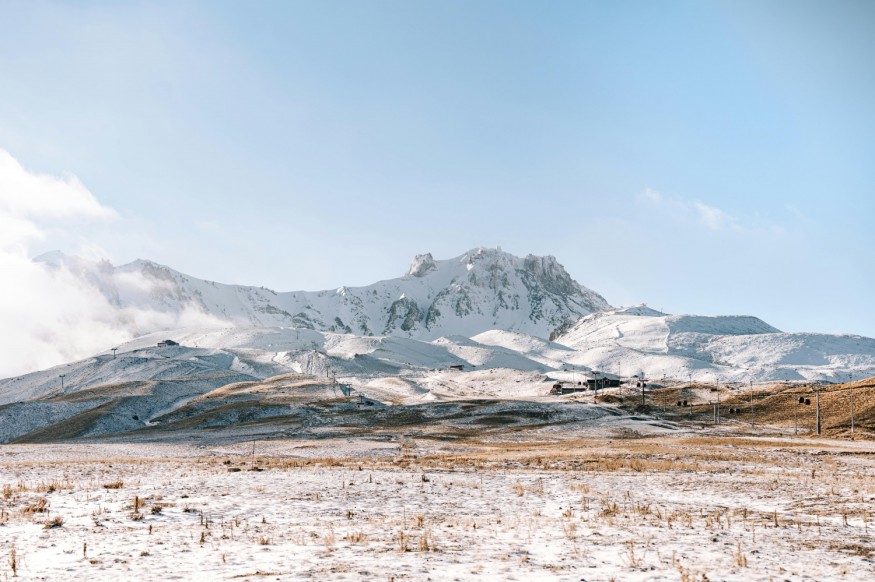
The Indian-administered Kashmir is experiencing an unusually snowless winter, with little or no snowfall in famous tourist destinations such as Gulmarg, Sonmarg, and Srinagar.
Every winter, hundreds of tourist visit Kashmir to ski and explore. However, the lack of snowfall this year has brought the region's tourism business to its knees.
Impact on Economy and Tourism
Last January, about 100,000 tourists visited Kashmir, but this year's figure has dropped by more than half, according to officials.
Meanwhile, 50-year-old Manzoor Ahmad, who has managed a guesthouse in Gulmarg for 17 years, has never seen a snowless season.
"This is unprecedented," he said, adding that tourists have stopped making reservations at his hotel.
Tourist numbers are declining, which is harming local companies, the majority of which rely on tourism to survive over the winter.
Aqib Chaya, president of Gulmarg Hoteliers Club, said almost 40% of hotel reservations have been cancelled because of the situation, while new bookings are currently on hold.
Tariq Ahmad Lone, who heads the Gulmarg pony riders group, which has roughly 5000 members, claims that they haven't earned anything in the last three months. Pony rides are an enjoyable way to go across the region's hills and, therefore, a popular tourist activity.
According to experts, a snowless winter will have a terrible impact on the territory's economy, as tourism accounts for approximately 7% of Jammu and Kashmir's GDP.
It will also have an impact on farming and water supplies, as the lack of snowfall will not replenish groundwater reserves enough.
Climate Change Impact
Environmentalists said climate change has had an impact on the region, resulting in extreme weather events and protracted dry periods in both winter and summer.
The Jammu and Kashmir weather department reported a 79% rainfall deficit in December and a 100% deficit in January.
The valley is also witnessing warmer weather, with temperatures rising by 6-8 degrees Celsius (43-48 degrees Fahrenheit) this winter at most sites across Kashmir.
Experts also said that the lack of snowfall will have an impact on hydroelectric power generation, fishing, and agriculture.
The neighboring territory of Ladakh, another major tourist destination, is also having a snowless winter.
"The farming here is dependent on glaciers. The glaciers are melting at a fast rate. No snowfall in the peak [winter] season means early that spring water will be a big problem," environmentalist Sonam Wangchuk says.
This oddity was linked to El Nino conditions. El Nino is a climate phenomenon that causes increased sea surface temperatures in the central and eastern Pacific Ocean, influencing global weather.
Another explanation for the lack of snow is the absence of a strong western disturbance, which transports moisture from the Arabian Sea and creates precipitation in the mountains.
The region typically receives considerable snowfall during peak winter, which lasts 40 days from December 21 to January 29. During this period, mountains and glaciers become snow-covered, ensuring a year-round water supply.
According to some analysts, the region's snowfall has been declining in recent years.
An earlier study suggests that the region, including Ladakh, might reach "catastrophic levels" by the end of the century, with temperatures rising by 3.98-6.93 degrees Celsius.
Related Article : Touch of Spring: Unusual Warmth to Unfold in Eastern US: Detroit, Buffalo, Pittsburgh To Expect Snow
© 2025 NatureWorldNews.com All rights reserved. Do not reproduce without permission.





